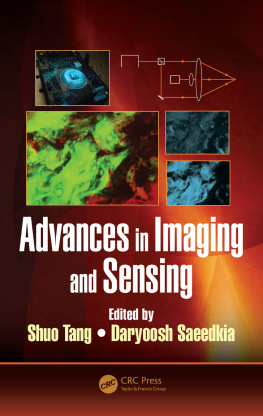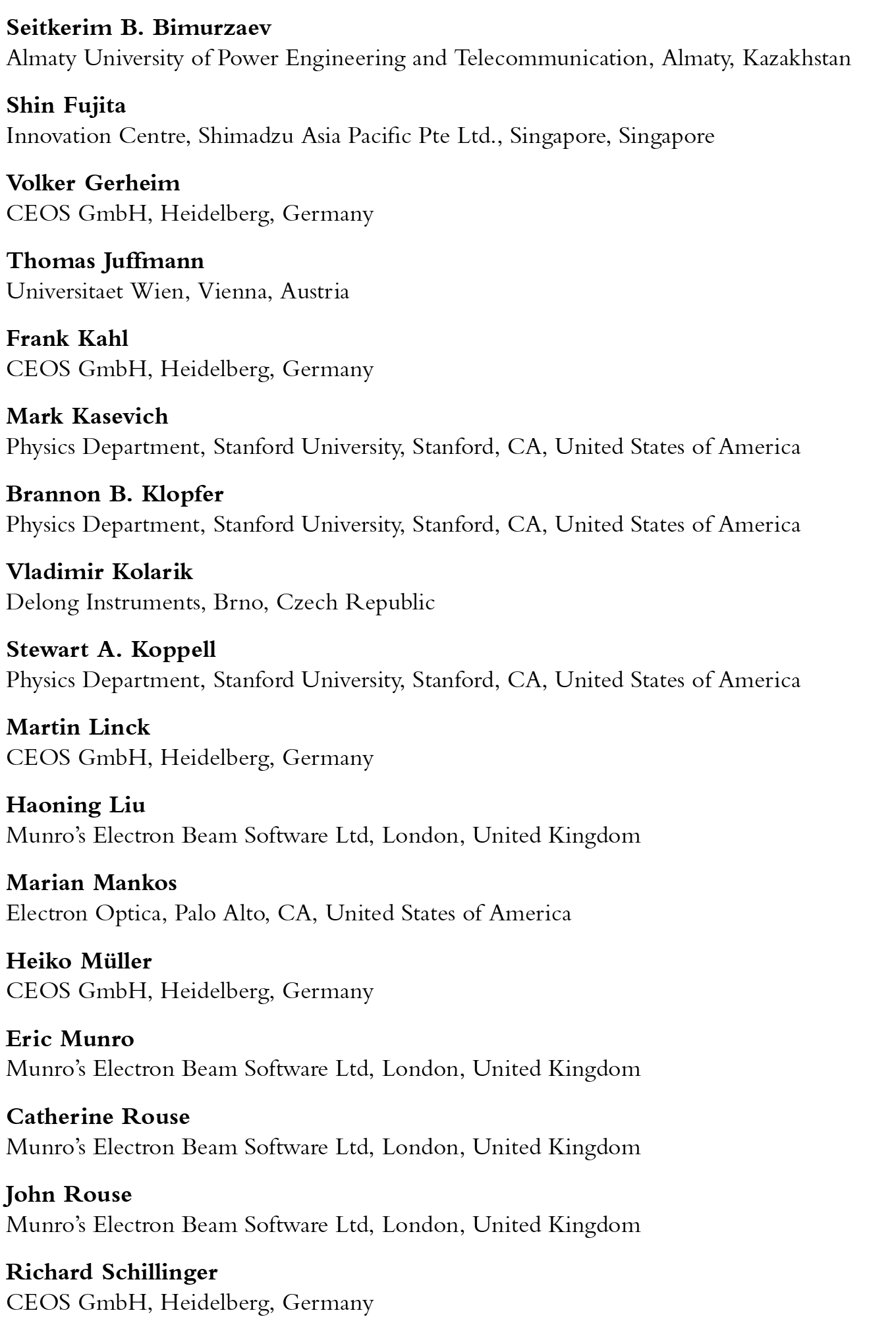Theoretical possibility of creation of a planar multi-reflecting time-of-flight mass spectrometer of a simple design with high resolution and sensitivity by using highly dispersive two-dimensional electrostatic mirrors and an orthogonal ion accelerator with a non-uniform two-dimensional symmetrical field is considered.
By numerical calculations, the conditions for formation of a parallel ion beam simultaneously with the time-of-flight focusing of ions by energy by the orthogonal ion accelerator were determined. The conditions for the time-of-flight focusing of ions by energy up to the third order inclusively in a three-electrode two-dimensional mirror for two modes of its operation were obtained. It is shown that the time-of-flight dispersion of the mirror by mass differs considerably depending on the partial solution of the trajectory equation used to determine the mirror mode.
Keywords
Time-of-flight mass spectrometer; Orthogonal ion accelerator; Two-dimensional electrostatic mirror; Time-of-flight focusing; Time-of-flight dispersion
1 Introduction
A characteristic feature of planar multi-reflecting time-of-flight mass spectrometers is their ability to operate in the mode of analyzing ions in the full mass range. A planar multi-reflecting time-of-flight (MR-TOF) mass spectrometer of a simple design with high resolution was first proposed in ).
In ).
This work is devoted to the development of a planar MR-TOF of a simple design with high resolution and sensitivity using highly dispersive two-dimensional electrostatic mirrors and an orthogonal ion accelerator with a non-uniform two-dimensional symmetrical field.
2 Orthogonal ion accelerator with a non-uniform two-dimensional symmetrical field
2.1 Formulas for calculations
shows a schematic diagram of one of the possible variants of an orthogonal accelerator with a non-uniform electrostatic field with a two-dimensional symmetry. It differs from conventional orthogonal accelerators with a uniform field only in that the ion acceleration area (from the grounded grid to electrode 4 inclusively) includes gridless electrodes (24) made in the form of a pair of parallel plates separated by straight gaps and symmetrically located relative to the plane of the field symmetry.

Figure 1 Schematic diagram of the orthogonal accelerator with a non-uniform electrostatic field of two-dimensional symmetry: (A) in the yz plane, (B) in the xz plane. 1, 2, 3, 4 are the electrodes of the ion accelerator; 5 is the plane of time-of-flight focusing of ions by energy; 6 is the course of the trajectories; is the angle between the direction of the parallel ion beam and the optical axis z.
In this work, the role of ion accelerator is performed by a four-electrode system of electrodes (electrodes 14), the first electrode of which has a flat shape, and the other electrodes are made in the form of a pair of parallel plates separated by straight gaps and located at the same distance from the plane of field symmetry, called the middle system plane. Such a system of electrodes forms a non-uniform electrostatic field with a two-dimensional symmetry. Let us introduce a rectangular coordinate system x, y, z, the z axis of which coincides with the optical axis of the two-dimensional system, and planes xz and yz coincide with its middle plane and the plane perpendicular to it, respectively. Then the equation for the inclination of the trajectory to the optical axis z for the considered system can be written as ():
(1) y=yup(z)+20uyug(z),
 (1)
(1)
where p=p(z)  and g=g(z)
and g=g(z)  are partial solutions of the equation
are partial solutions of the equation
(2) 2y+y+y=0.
 (2)
(2)
Hereinafter =(z)  is the axial distribution of the electrostatic potential, the subscripts u and 0 denote the values at the point of emission of ions z=zu
is the axial distribution of the electrostatic potential, the subscripts u and 0 denote the values at the point of emission of ions z=zu  and the space free from the field, respectively, and the primes denote differentiation with respect to z variable, p is an analytical function, and function g can be represented as
and the space free from the field, respectively, and the primes denote differentiation with respect to z variable, p is an analytical function, and function g can be represented as
(3) g=q,



















 (1)
(1) and g=g(z)
and g=g(z)  are partial solutions of the equation
are partial solutions of the equation (2)
(2) is the axial distribution of the electrostatic potential, the subscripts u and 0 denote the values at the point of emission of ions z=zu
is the axial distribution of the electrostatic potential, the subscripts u and 0 denote the values at the point of emission of ions z=zu  and the space free from the field, respectively, and the primes denote differentiation with respect to z variable, p is an analytical function, and function g can be represented as
and the space free from the field, respectively, and the primes denote differentiation with respect to z variable, p is an analytical function, and function g can be represented as